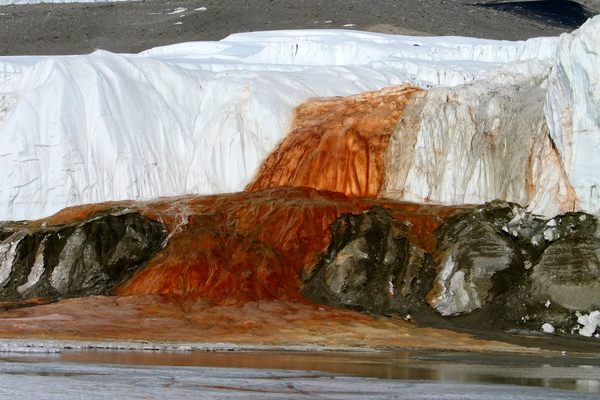The Impending Doom of the Largest Iceberg Anyone’s Ever Measured
One of the last pieces of the chunk known as B-15 is cracking up.

This story starts more than 18 years ago, in March 2000, when a piece of the Ross Ice Shelf broke off and floated free on Antarctic waters. The crack of that iceberg forming filled the ocean with noise. Since scientists started documenting the size of icebergs, they had never seen one larger.
They named it, according to the conventions that govern iceberg identification: B-15.
Soon enough, B-15 started to break up, as icebergs do. But this iceberg was so large that even smaller chunks of it were behemoths in their own right. By 2014, the largest remnant was B-15T, which was so thick that it kept running aground. Sometimes, other icebergs would bump into it, and finally one or two hit hard enough to make a mark. In September 2014, B-15T broke up into still smaller icebergs, increasing the count of icebergs birthed from the original B-15 to 28.
One of those last-made icebergs, B-15Z, pictured above, may now be nearing the end of its life. At the end of May 2018, the International Space Station crew captured an image of B-15Z that showed a crack running right down its middle.
Right now, B-15Z is 10 nautical miles long and five nautical miles wide. One person who encountered it recently noticed its “steep, dirty grey walls” as they spent an hour sailing past. But B-15Z is drifting north, towards the warmer waters that often spell the end of iceberg life. If it were to split up, those smaller pieces could quickly melt away.
That wouldn’t quite be the end of B-15, but only three other pieces are still large enough for the National Ice Center to track. Soon enough, the remainders of the largest iceberg we’ve ever seen will disappear.

















Follow us on Twitter to get the latest on the world's hidden wonders.
Like us on Facebook to get the latest on the world's hidden wonders.
Follow us on Twitter Like us on Facebook